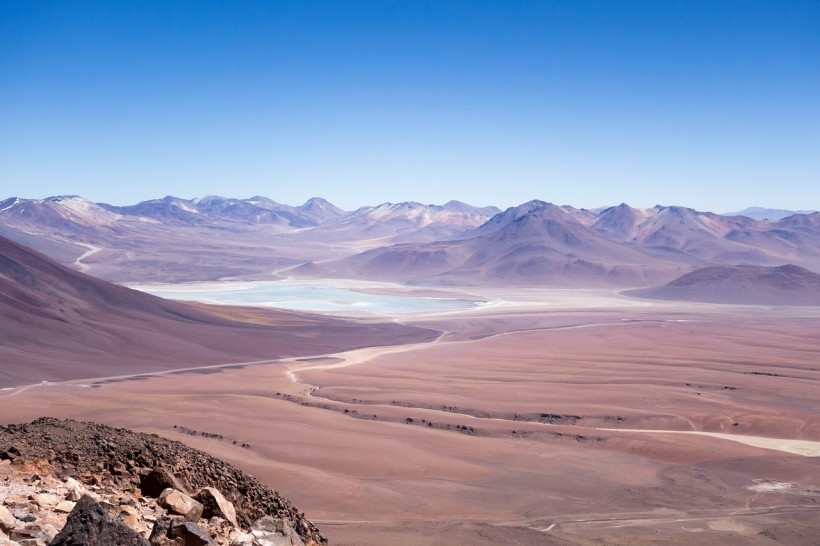The Atacama Desert's Altiplano is considered the world's sunniest spot. This area is an arid plateau close to Chile's Andes mountains.

Altiplano of Atacama Desert
Live Science explains that this area gets more sunlight than other regions with higher elevations and nearer to the equator. The site is around 13,120 feet elevated. In typical cases, it would have been dry and cold. Findings regarding the sunlight reception of the area were detailed in the Bulletin of the American Meteorological Society journal.
Several things make the Atecama Desert quite special. For one, it is Earth's oldest desert. It is also the driest one beyond the planet's poles and the most apparent viewing area for the night sky. The Altiplano is also noteworthy because of its solar irradiance, or light energy output from the sun to the planet.
A Summer Day in Venus
According to Ts2, scientists could gauge a world record of 2,177 watts of solar radiation per square meter on the Altiplano plateau. As such, this remarkable solar irradiance level is similar to a summer day in Venus.
For comparison, the radiation levels in the atmosphere of the Earth are around 1,360 watts per square meter.
Raul Cordero, a climatologist from the University of Groningen who led the study, explains how incredible the comparison is, considering that Venus is around 28% closer to the sun than Earth. He adds that this is the radiation one can receive during a summer day in Venus.
Live Science adds that the plateau's average solar irradiance is around 308 watts per square meter. As such, this level is considered another record-breaker that is twice the US East Coast and Central Europe records.
Atmospheric scientist Seiji Kato, who is from NASA and did not participate in the study, explains that when solar irradiance gets transmitted in the atmosphere, water vapor absorbs it while aerosols and clouds scatter it. However, more sunshine is received at high elevations that are above the layer of water vapor and that have fewer aerosols and clouds.
Chile's geographic location in the southern hemisphere also contributes to the sunniness of the country. This is especially true during the summer when the orbit of the Earth is closer to the Sun and when the perihelion point is reached in early January. The study notes that, in such a case, solar irradiance surges to become 7% higher in the southern hemisphere compared to the northern hemisphere.
The irradiance levels, however, do come with downsides. Cordero explains to the Washington Post that exposure to such high levels of radiation danger makes it important to protect the skin.
Though satellite data has revealed that this area receives the most sunlight on the entire planet, the novel study reconfirms and explains why it receives such high radiation levels.
RELATED ARTICLE: 7,000-Year-Old Monuments in Arabian Desert Were Used For Rituals, Pilgrimages, Sacrifices, Burials
Check out more news and information on Environment and Climate in Science Times.














